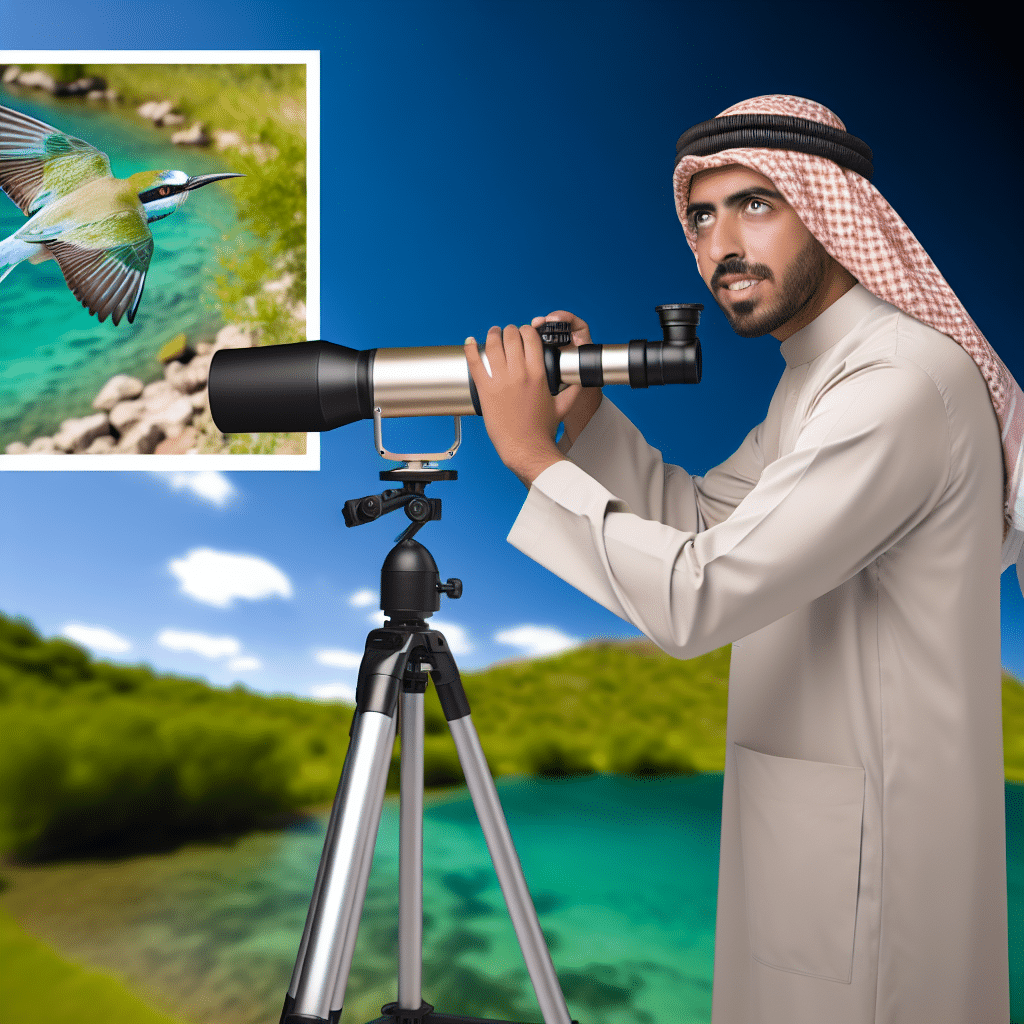Birdwatching is an exhilarating adventure that connects you to nature in its most serene form. Whether you are a seasoned ornithologist or a curious beginner, one essential tool can elevate your birdwatching experience— the birdwatching telescope. This article delves into the world of birdwatching telescopes, providing you with everything you need to know to make an informed decision.
What Makes Birdwatching Telescopes Essential?
From spotting rare species to observing intricate bird behaviors, birdwatching telescopes serve various pivotal roles. Unlike binoculars, telescopes offer higher magnification and greater clarity, making them indispensable for serious birdwatchers.
Enhanced Viewing Experience
Birdwatching telescopes magnify distant objects so well that you can see fine details, such as plumage patterns and eye color, even from hundreds of yards away. This enhanced clarity and magnification significantly amplify your overall birdwatching experience.
Stability and Comfort
Most birdwatching telescopes come with tripods, providing a stable viewing platform. This stability makes long hours of birdwatching more comfortable, reducing the strain on your hands and eyes.
Choosing the Right Birdwatching Telescope: What Should You Look For?
With numerous models and features available, selecting the right birdwatching telescope can be daunting. Here are some vital aspects to consider before making your purchase.
Magnification and Objective Lens Diameter
The first numbers you’ll notice on a birdwatching telescope are its magnification power and the diameter of its objective lens (e.g., 20-60×80). A telescope with a higher magnification allows you to see more detail, while a larger objective lens diameter gathers more light, providing a clearer, brighter image. Balancing these two aspects according to your needs is crucial.
Portability
If you plan to trek through forests or along coastlines, portability becomes a significant factor. Look for lightweight models that are easy to carry yet robust enough to withstand different environmental conditions. Telescopes with collapsible tripods can also be a plus.
Lens Coating
Lens coatings play an essential role in reducing glare and improving light transmission. Fully multi-coated lenses are usually the best option, offering superior image quality.
Weather Resistance
Birdwatching often requires long hours outdoors in varying weather conditions. Opt for telescopes that are waterproof and fog-proof to ensure they can withstand the elements without compromising performance.
Top Birdwatching Telescope Models: Our Recommendations
Navigating through the multitude of birdwatching telescopes available in the market can be overwhelming. Here are a few models that stand out for their quality and performance.
Swarovski ATX/STX Modular Spotting Scope
Known for unparalleled optical performance, the Swarovski ATX/STX series offers modularity and versatility. With a range of objective lenses and eyepieces, you can customize your telescope to suit different birdwatching needs.
Vortex Optics Razor HD
Offering a balance between high-end features and affordability, the Vortex Optics Razor HD stands out for its exceptional clarity, sharpness, and color accuracy. It’s lightweight and comes with fully multi-coated lenses, making it a top choice for avid birdwatchers.
Leica APO-Televid 82
Leica’s APO-Televid 82 is another excellent option, known for its durable design and superior optics. This telescope is particularly good for low-light conditions, thanks to its large objective lens and advanced coating technologies.
Frequently Asked Questions About Birdwatching Telescopes
How Does a Birdwatching Telescope Differ from a Regular Telescope?
While both types of telescopes magnify distant objects, birdwatching telescopes are optimized for terrestrial viewing. They offer a wider field of view, better ergonomics, and are usually designed to be portable and durable for outdoor use.
Are Birdwatching Telescopes Suitable for Stargazing?
Although primarily designed for observing birds and other terrestrial objects, many high-quality birdwatching telescopes can also be used for casual stargazing. However, if you are looking to observe celestial bodies regularly, an astronomical telescope would be more appropriate.
What Maintenance Does a Birdwatching Telescope Require?
Regular cleaning of lenses, proper storage, and occasional alignment of optical components are essential steps to keep your birdwatching telescope in optimal condition. Using lens cleaning solutions and microfiber cloths can prevent scratches and ensure clarity.
Conclusion: Empower Your Birdwatching Journey with the Right Telescope
Birdwatching telescopes are more than just tools; they are gateways to a world of natural beauty and wonder. By understanding their features, selecting the right model, and maintaining it well, you can significantly enhance your birdwatching experience. Whether you are on a quest to observe a rare species or simply enjoying the serene beauty of birds in flight, a good birdwatching telescope is your perfect companion.




